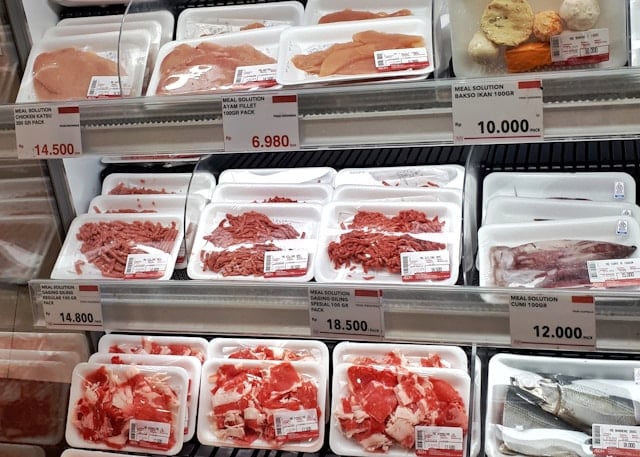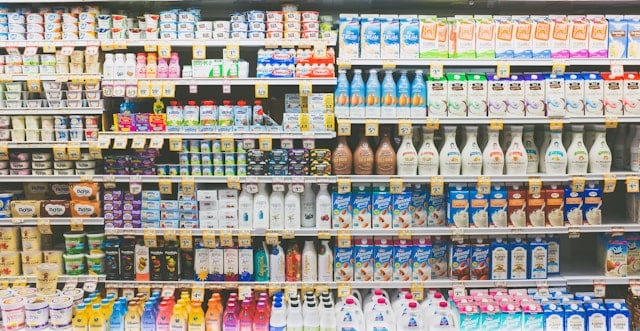You may have seen food packages that appear puffed up like balloons. While some air in packaging is intentional, excessive bloating shouldn’t be ignored. Understanding why this occurs can help protect you from food safety hazards.

Most food packaging includes a controlled amount of air to protect its contents. For example, chip bags use air as a cushion to prevent breakage. However, when the packaging looks unusually swollen, it could signal a problem. According to Professor Wei Zhang, a food safety expert, bloating often occurs when microorganisms inside the package produce gases like carbon dioxide.
When bacteria or other microorganisms grow in perishable foods, they release gases that puff up the packaging. This process, known as spoilage, can render food unsafe to eat. Meredith Carothers, from the USDA’s Food Safety and Inspection Service, cautions that bloated packaging is often a sign of harmful bacterial activity and should be taken seriously.

Not all swollen packaging is cause for alarm. Certain products use Modified Atmosphere Packaging (MAP), a technique that involves adding inert gases to extend shelf life. This can result in slight bloating in items like meats, cheeses, or salad mixes. Carothers emphasizes that MAP is a safe, approved method for maintaining freshness.
Perishable foods such as raw meat, poultry, and seafood are most at risk for harmful bloating due to bacterial activity. In contrast, low-moisture items like dried fruits or peanut butter are less likely to experience this issue. The moist environment within perishable food packaging provides an ideal breeding ground for bacteria, which leads to gas buildup and swelling.

Avoid buying swollen food packages, even if the product is within its expiration date. Professor Zhang advises discarding any bloated packaging, especially if the item appears abnormal or has passed its “use-by” date. It’s better to err on the side of caution than to risk foodborne illness.
You might think smelling the food can help determine if it’s safe, but this isn’t always reliable. Carothers explains that some spoilage bacteria don’t produce noticeable odors, meaning a food item could seem fine but still contain harmful microorganisms.
To reduce the risk of bloated packaging, follow proper food storage guidelines. Keep perishable items refrigerated and avoid exposing them to excessive heat or sunlight. Correct storage can slow the growth of microorganisms and prevent bloating and spoilage.
If you encounter swollen food packaging, check for an expired date or signs of spoilage like an odd smell or damaged seal. When in doubt, the safest option is to discard the item. Protecting your health is worth more than the cost of replacement.
